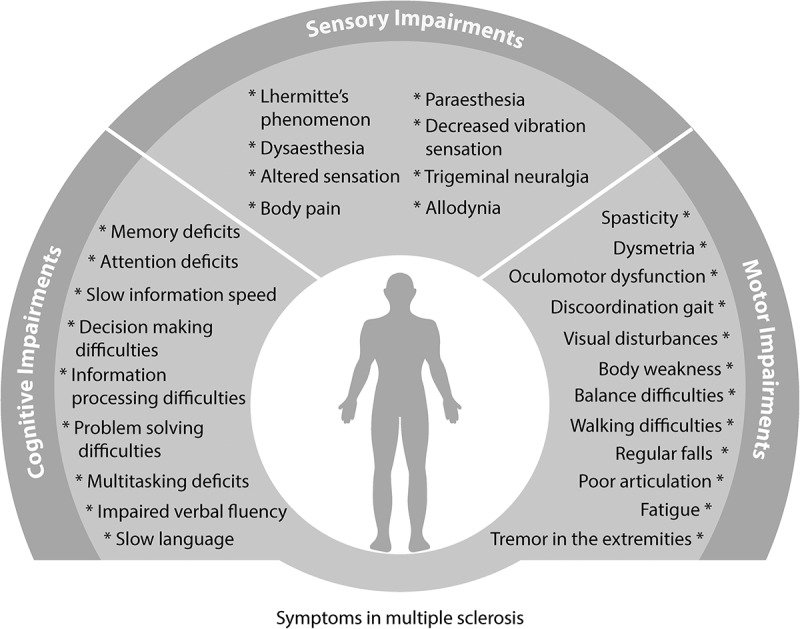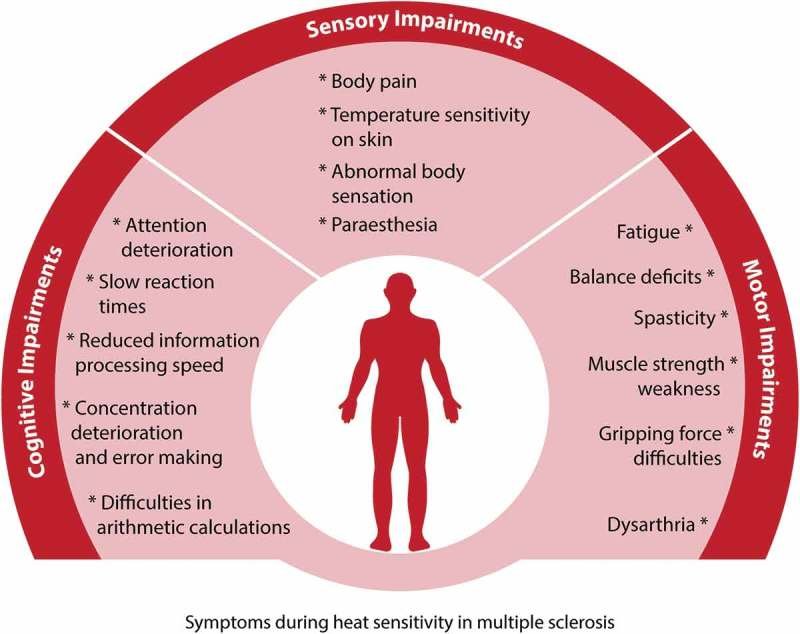Introduction
The climate that we reside in plays a large factor in our fitness journey and can affect our ability to reach our goals. For people living with a physical disability, weather-related challenges can lead to additional problems when it comes to keeping active. Your success in the gym can be dependent on where you are located, changing weather conditions, and your physical abilities. Knowing one's body and what you need to be successful is the first step to finding the perfect climate for exercise and living. Throughout this post, we will look at indoor versus outdoor exercise, how a specific condition can be affected by changing weather, and lastly, a few tips to continue exercising given unpredictable weather!
Outdoor versus Indoor Exercise
Performing exercise outdoors uses significantly more energy, which requires the body to burn more carbohydrates that are stored in our muscles, more specifically glycogen (“How cold weather affects the body during exercise”, 2023). Participating in outdoor exercise can provide you with a high-energy workout, while simultaneously having a positive impact on an individual's mental health. Although outdoor activity can be very rewarding, the unpredictability can lead to fear of the unknown for many.
Alternatively, indoor activity can provide individuals with more security when it comes to safety surrounding the changing weather and therefore can be a more appealing option. Indoor exercise helps to maintain a consistent temperature, as gyms and recreation centres can adjust their thermostats to optimal temperatures. Exercising indoors also provides individuals with consistent patterns. Individuals can predict the temperature and make adjustments before arriving, which is a benefit for many (optimal climate will fluctuate based on the person and their condition). By utilizing indoor exercise locations, weather becomes a non-factor and individuals can focus more on exercises and less on staying at their body’s optimal temperature.
How Weather Changes Affect People Living with MS
People living with Multiple Sclerosis (MS) experience symptoms when the weather changes, and for many, the symptoms show when temperatures become hot or humid (Watson, 2023). It is important to note that MS affects individuals differently, and many experience symptoms due to a variety of factors depending on the case. One example of how weather can affect someone with MS is when there is a temperature rise. This can result in a person's body temperature to simultaneously increase, and this is when the body begins limiting signals sent to the brain, which is temporary (Watson, 2023).
The two images included below, both taken from “Temperature sensitivity in multiple sclerosis: An overview of its impact on sensory and cognitive symptoms” (2018), show a comparison of MS symptoms that may appear on their own, versus symptoms that occur during an increase in body temperature. If you, or someone you know, is living with MS, comparing these two images to your frequently felt MS symptoms can help find a climate that is suitable for living, and exercising in.
Although less studied, cold climates and a decrease in body temperature can impact an individual living with MS’ symptoms (Watson, 2023). Colder temperatures can cause an increase in spasticity, which can be uncomfortable for a period of time. Knowing your body, and how the weather affects you is the most important aspect of managing changing climates. It is important to note that not all people living with MS experience sensitivities to temperatures, and researchers have found that this is estimated at more than 20% of people with MS (Watson, 2023).
Tips to Continue Exercising Despite the Changing Weather:
Have a backup plan!
If the weather outside is fluctuating, making it unsafe to exercise outside or to head to an indoor gym, a good solution is to have a backup plan in place. This could be a yoga class (chair-based is a great option), at-home exercises instead of coming to the gym, participating in online classes, or substituting exercise with activities with a focus on another aspect of your life (ie. mental health, personal well-being).
Find a workout partner!
Exercising with a friend can be a great way to increase motivation when it comes to changing weather. If the weather is nice outside, grab that partner and go for a stroll outside. If the weather is muggy out, head to the gym together or have a nice coffee visit! Having someone to lean on at times when the weather is affecting your health, is a great way to stay motivated despite Mother Nature!
Connect with people!
Connecting with other individuals with similar conditions, and or joining a support group can be a great way to overcome challenges during extreme weather changes. Online or in-person activities help provide encouragement, motivation, and a sense of security when it comes to overcoming challenges. Participating in group sessions can provide individuals with the ability to share positive tips that they have learned, and help others develop new strategies when it comes to their journey!
References
Christogianni, A., Bibb, R., Davis, S. L., Jay, O., Barnett, M., Evangelou, N., & Filingeri, D. (2018). Temperature sensitivity in multiple sclerosis: An overview of its impact on sensory and cognitive symptoms. Temperature (Austin, Tex.), 5(3), 208–223. https://doi.org/10.1080/23328940.2018.1475831
How cold weather affects the body during exercise. (2023). Medical College and Wisconsin. Retrieved from: https://www.froedtert.com/stories/how-cold-weather-affects-body-during-exercise
Watson, K. (2023). What’s the Best Climate for You If You Have Multiple Sclerosis? Healthline. Retrieved from: https://www.healthline.com/health/best-climate-for-multiple-sclerosis


